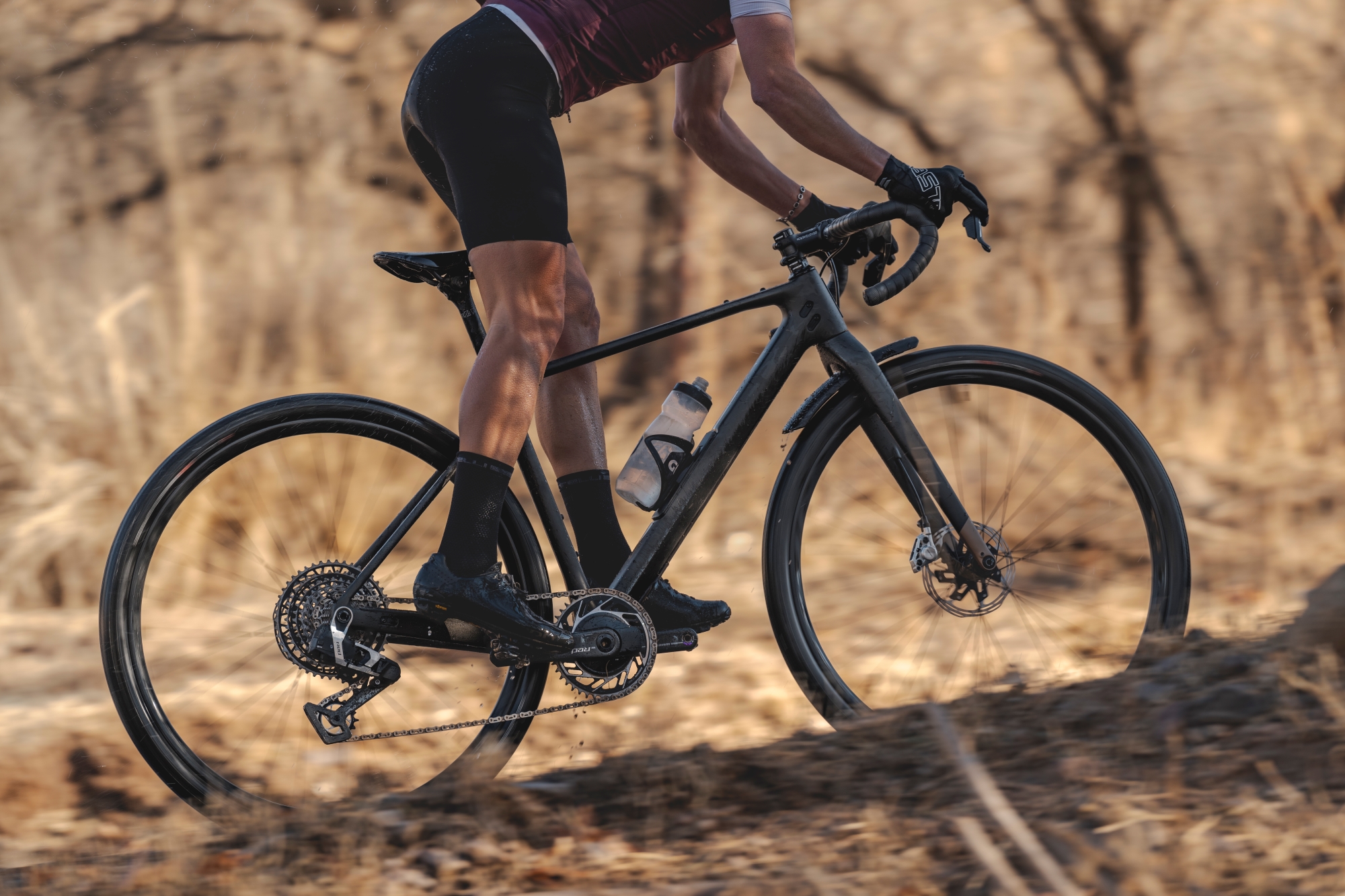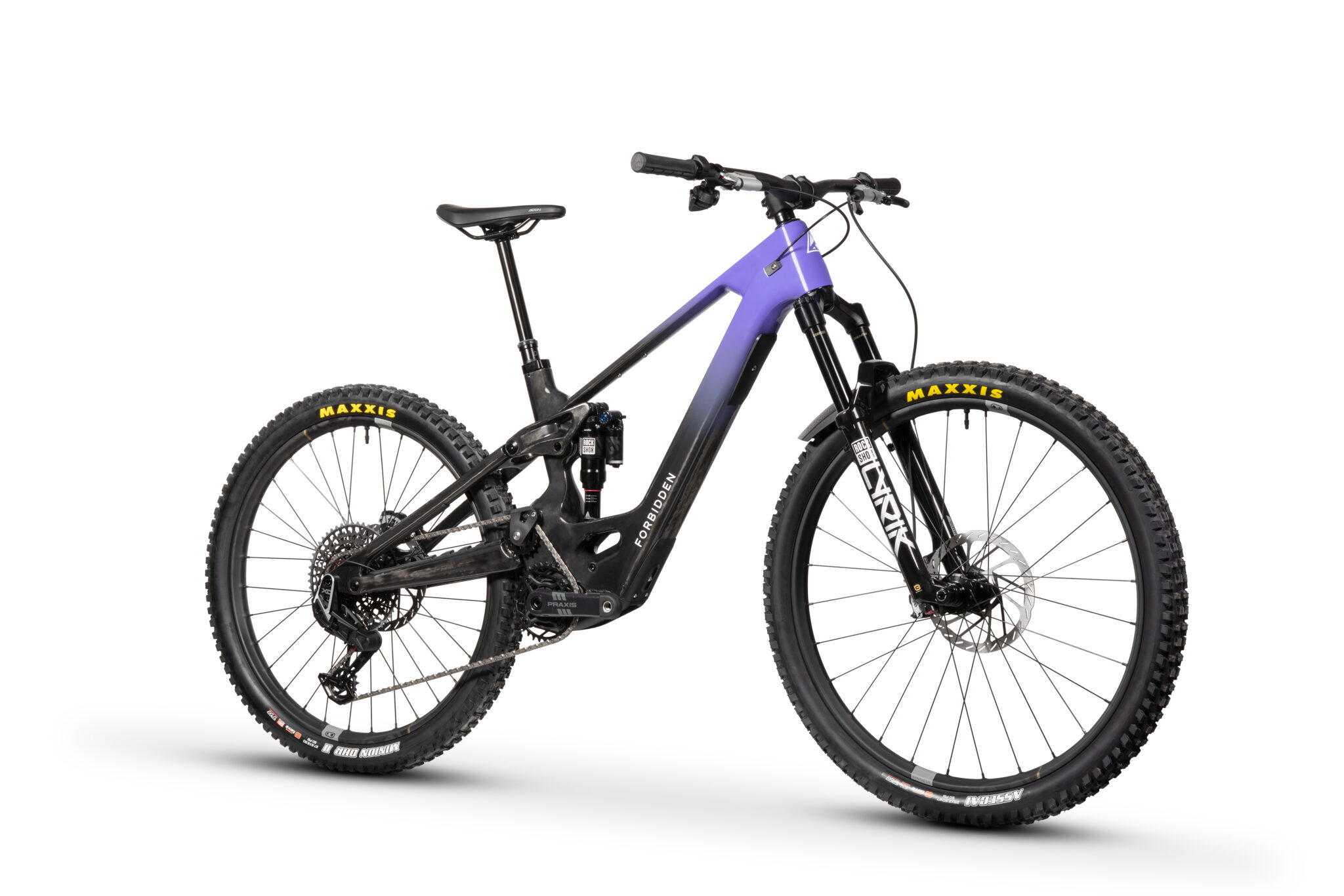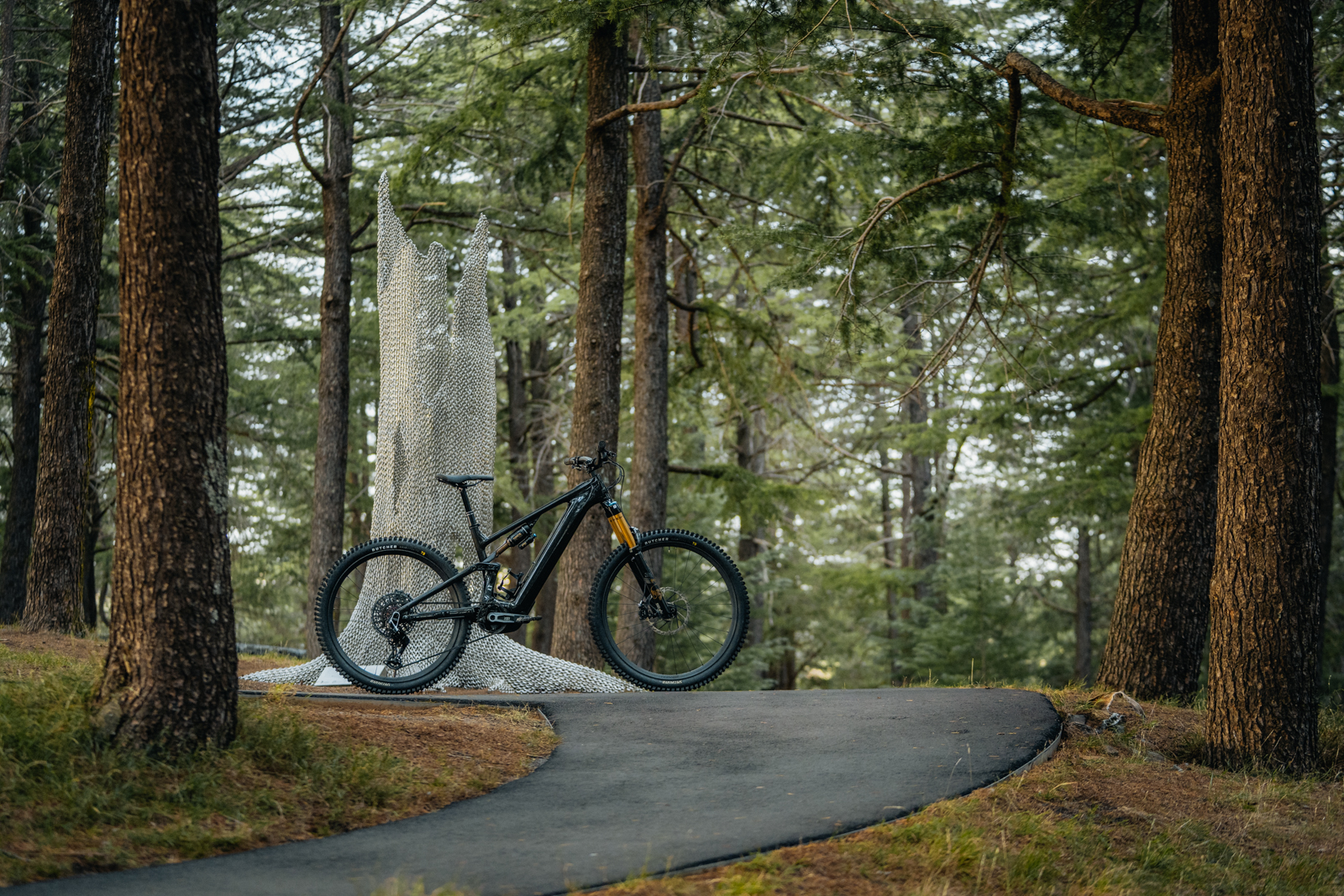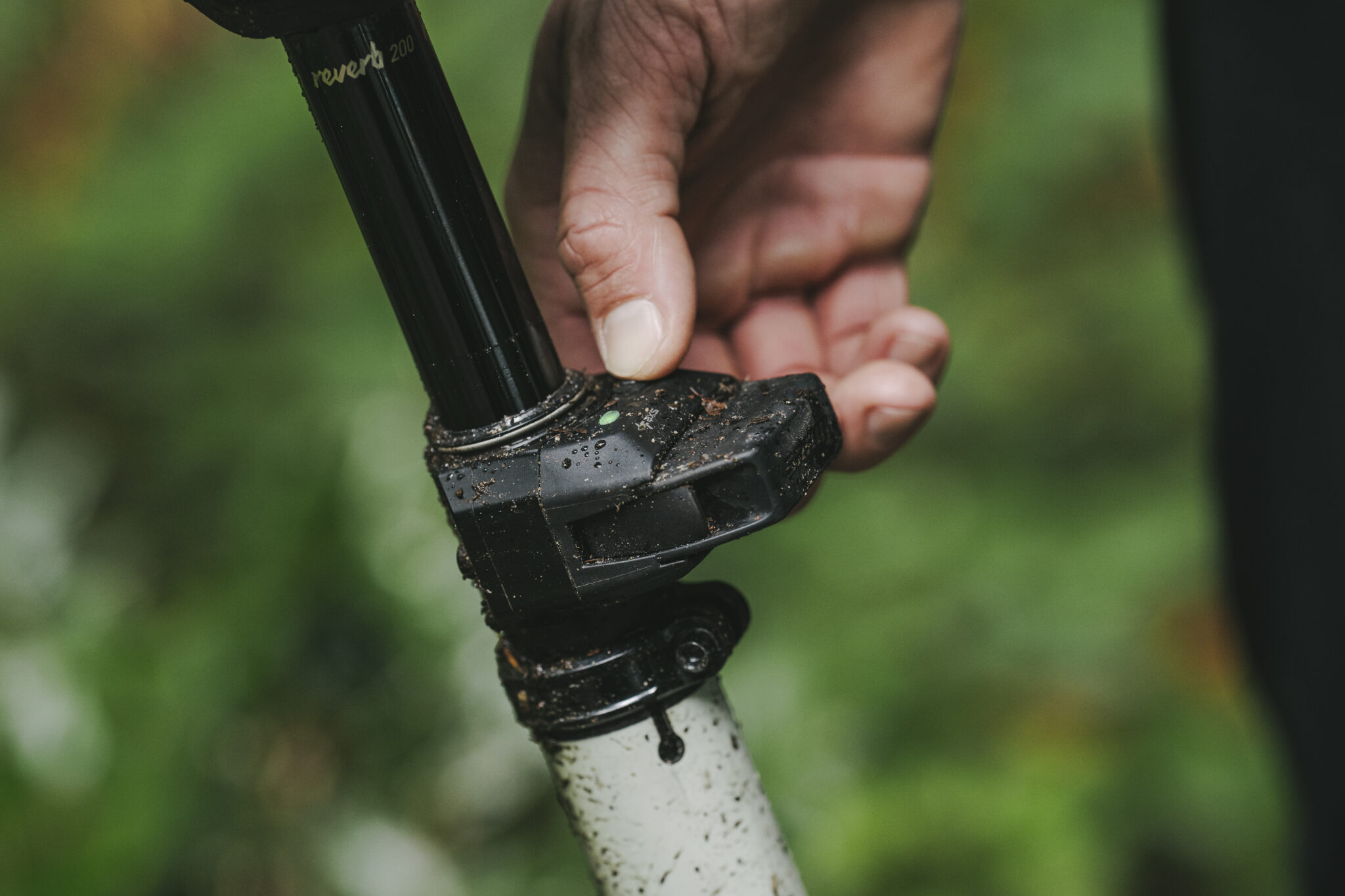PressCamp '16: Ryders Eyewear
Are you familiar with the Ryders Eyewear brand? Well here's the tricky part, there's actually two.
Are you familiar with the Ryders Eyewear brand? Well here’s the tricky part, there’s actually two. So when I rocked up to the Ryders room at PressCamp last week, I must admit to being a little confused. You see, Ryders Eyewear has been around since 1986, having emerged from British Columbia with Canadian MTB Champ Brent Martin at the helm. At the time, there were few brands tackling purpose-built eyewear for mountain bikers, so Brent brought his experience to the table to create one of the most successful sporting eyewear companies in North America. In more recent years, there has also been a Ryders Eyewear operating in parallel in Australia, though this Ryders is a totally different kettle of fish. The Aussie version is based around more value-oriented glasses, which have less of an emphasis on the technical aspects of lens construction or frame quality. They’re still sporting glasses, but the product and the design is completely different. As it turns out, the Aussie distributor and Brent Martins are good mates, and hence the sharing of logos and names. For 2017 however, things are set to change significantly. The Aussie Ryders Eyewear has been bought out by the Canadian company, and the range as we know it on our shores will cease to exist once stock dries out. So what’s going to replace it then?

In the last 24 months, Ryders Eyewear has been on a mission. Having previously been one of the biggest sporting eyewear brands in North America, the company has been somewhat in the shadows of its bolder competitors, including Smith Optics, Rudy Project, and Oakley. Part of that is to do with significant innovation from those other brands, and the other part is due to the marketing (or lack thereof) on Ryders behalf. That’s all set to change however, with a significant amount of R&D having been spent on developing new and unique technologies that Ryders believe will put them out there on their own. As the new frames and lens options begin to hit the market, we’re expecting to see the new range arriving in Australia within the next 12 months. As I found out during my time a PressCamp, us Aussie mountain bikers have a lot to be excited about…

Given that Ryders is “born on the shore”, it should come as no surprise that some of its sponsored athletes includes the likes of Thomas Vanderham and Brett Tippie – true legends of the Canadian freeride scene. As many Aussie riders will know, the demands are unique on the North Shore, making it an ideal test platform for new glasses and lenses to see if they can be proven out in the real world.
One other interesting aspect about the Ryders Eyewear company is that they’re owned by a larger umbrella company that also owns Essilor: a French manufacturer of premium lenses. In the glasses world, there are two predominant companies: Essilor (who make lenses and prescription lenses), and Luxotica (who make frames). Some of you will know that Luxottica own the likes of Arnette, Prada, Oakley and Ray Ban. As such, brands like Ryders Eyewear are very much up against it when it comes to getting their product out there. However, the company is proud to be rider-owned and rider-focussed, which they believe sets them apart from the big guys.
All of that is worth mentioning, because Ryders are in a unique relationship with Essilor. Rather than simply picking out lenses from Essilor’s catalogue, about two years ago the Ryders crew went to their French buddies asking if they could produce what they referred to as “the superlens”. Sounds exciting right? Well when you look into it, it’s actually a pretty appropriate name. In essence, Ryders wanted a lens with superior anti-fog capabilities, the ability to change to different light conditions (photochromic), the closest possible clarity to glass, and they wanted all of that with a unique colour-boosting tint (just like Oakley’s Prizm, and Smith’s Chroma-Pop).
The result of Essilors work over the past two years is a brand new lens called FYRE.
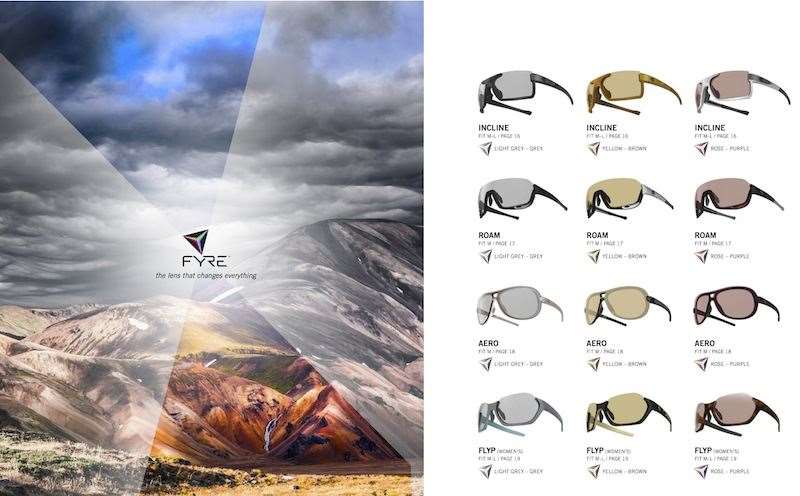
FYRE is indeed Ryders new “superlens”. It combines all of their desired technologies into one lens that they regard as the most advanced on the market. In terms of construction, lenses are typically made out of polycarbonate, just like Ryders’ existing entry-level range of glasses. To create that lens, polycarbonate is injection molded via heat to form the final lens shape. 99% of glasses on the market use this material and construction technique. However, Essilor also produce a higher quality lens made from a material called Trivex, which is actually cast at a much lower temperature. The result is a much smoother and clearer lens that maintains optical clarity that is as close to glass as possible, while remaining shatterproof like polycarbonate. For the Fyre lens, Ryders elected to use the more expensive Trivex material to create the NXT Lens. Smith Optics is one other company that uses Trivex for some of their high-end glasses, and it’s regarded as being a superior material to anything that Oakley works with (Oakley only use polycarbonate lenses).
From there, Ryders have implemented several key technologies into the Fyre lens to make it the highest performing lens they have ever created. These technologies include:
VARIA
Can you spare some change? With VARIA photochromic lens technology from Essilor® Sun Solution, you probably can as it provides RYDERS FYRE lenses with an incredibly wide range from light to dark—category 1 to category 3. And it’s not just the range that’s impressive. The NXT® Varia lens responds very quickly and reliably, no matter what the temperature, and it actually changes the colour of the lenses throughout their range instead of simply getting darker or lighter. This allows them to shift from a tint that has advantages in the dark, to a different, more suitable tone when conditions are bright.
COLOUR BOOST
As the lens darkens, it boosts the most important tones, accelerating and improving the recognition of some colours by 20%. Its unique chemistry dramatically enhances your perception of primary colours, providing faster colour recognition, more defined colours, and a vibrant, crystal clear view of the world around you.
antiFOG
It really doesn’t matter how many cutting edge technologies are included in a lens, if it fogs up it’s all for naught. RYDERS high-quality antiFOG will stave off condensation so you can enjoy all of the other benefits of the lens without the hazardous distraction of fog.

The result is a lens with incredible optical clarity, the ability to change to different light conditions, and unparalleled anti-fog capabilities. Ryders are particularly proud of this last feature, because so many other glasses companies claim their lenses resist fogging, but rarely deliver on those claims. Having tested many glasses over the years, I can certainly attest to that. The difference with Ryders anti-fog technology is surprisingly simple. The external face of the lens features a hydrophobic lens, while the inside of the lens gets a hydrophilic coating. It’s this hydrophilic coating that attracts and absorbs moisture that stops fog from ever building up on the lens – and it genuinely works! Breathe heavily onto a regular lens, and it fogs up immediately. Do so with a Ryders Eyewear lens, and there is literally nothing that happens. Impressive indeed.
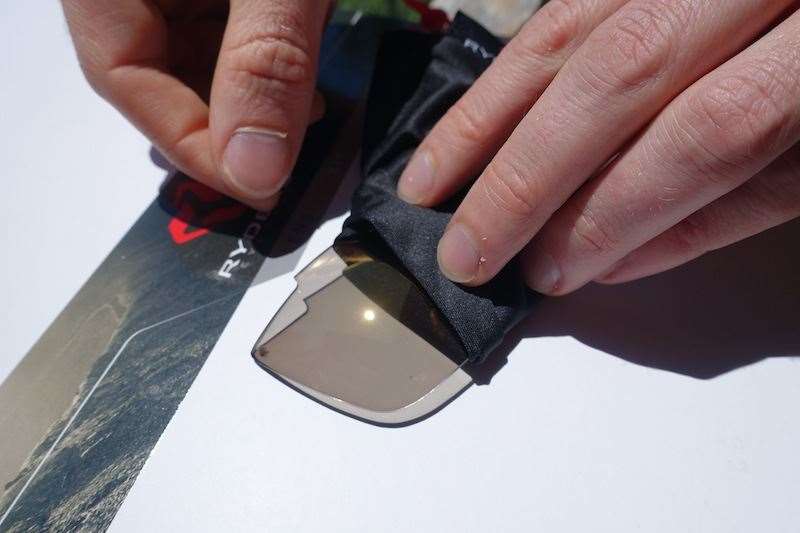
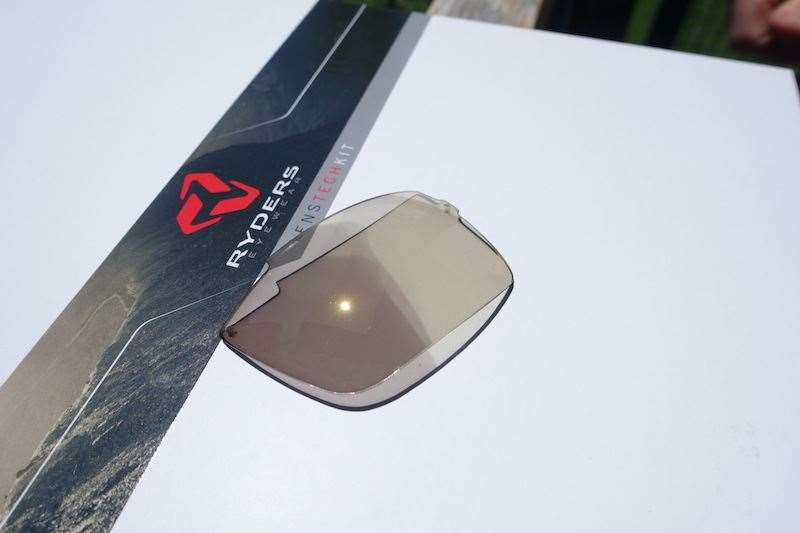
As for the photochromic technology, Ryders offer up three different coloured lenses: Light Grey – Grey, Rose – Purple, and Yellow – Brown. Different tints make each lens suited to different conditions, but they all offer the ability to transition from a lighter tint in dark conditions, to a darker tint when the sun is glaring. At PressCamp, we tested the speed at which the lens darkens in the sun, and it’s impressively sensitive.
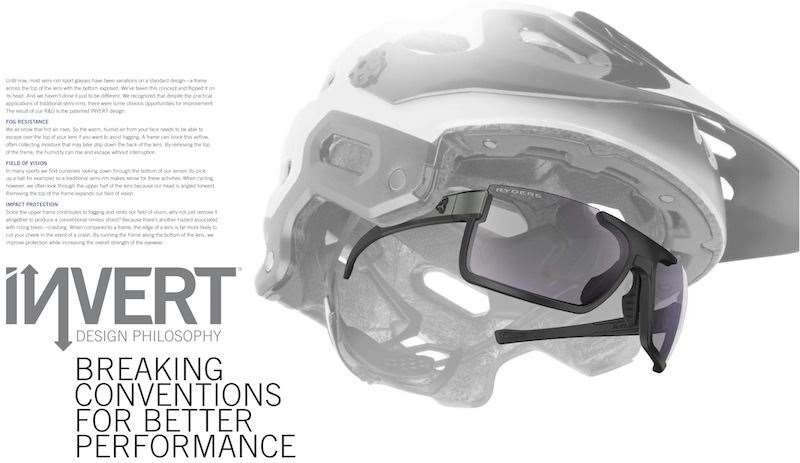
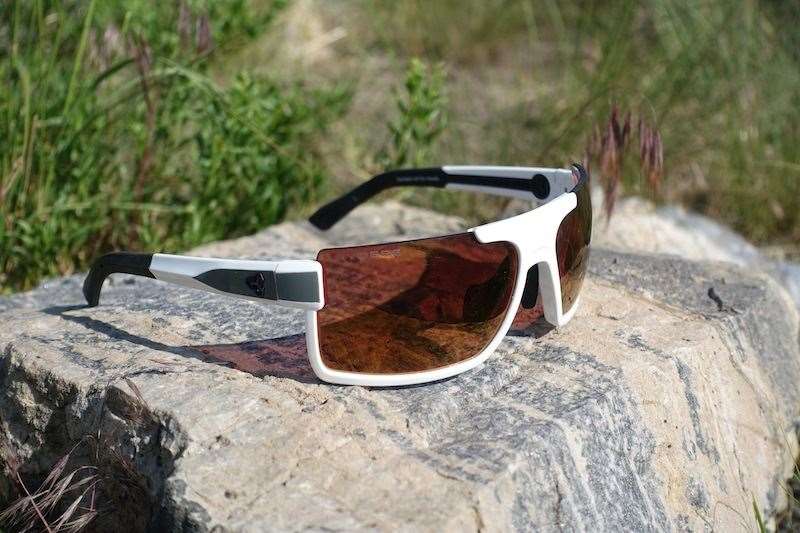
One of the glasses Ryders has developed with the Fyre lens in mind is the brand new Invert. It has been designed with mountain biking in mind, and features a number of features that make it ideal for trail riders. Firstly, the intriguing frame profile isn’t just for show. Given the angle at which a rider is looking ahead on the trail while on the bike, Ryders determined that there was no need for the base of the lens to be rimless. They added a rim profile to provide better protection to the lens if the glasses get dropped, while also offering the rider a reduced chance of the lens cutting their nose in the event of a crash. The reason the frame is semi-rimless at the top of the lens is two-fold. One is to aid ventilation and to reduce any possible chance of fogging on the lens by allowing warm air to be sent upwards uninterrupted. The other reason is to offer additional visibility when leaning hard over the handlebars, offering more streamlined vision compared to a pair of glasses with a full-rim design.


My favourite feature of the Invert glasses is the adjustability. I have a real beef with riding glasses that come in contact with the harness and straps on my helmets. Typically it’s neither a fault of the glasses or the helmet, and perhaps I’m just unluckier than others due to the shape of my head, but I often find my glasses being pushed around while riding due to the helmet. To get around this problem, Ryders have added adjustable arms to the Invert, which you can bend and shape to your hearts content. The nosepiece is the same, so rather than having predetermined settings you have to work with, you can customise the fit so they’re comfortable and there is no helmet interference. Hallelujah!

The Invert glasses I was able to try at PressCamp featured the Fyre lens with a rose tint. I only spent an afternoon wearing them, but I got a good feel for their features and lens quality. In short, they were entirely unnoticeable when riding – in a good way. Once I had the arms and nosepiece adjusted, I had zero issues with the glasses fouling on my eyebrows, nose or with the helmet straps. And due to the auto-adjusting photochromic lens tint, I found them to always offer the right amount of light filtration depending on whether I was whipping around under tree cover, or out in full-blown sunlight. The glasses we were all testing at PressCamp were prototype models, so the finish will improve somewhat on the production versions.
We’ll have more information on pricing and Aussie availability as it comes to hand, and in the meantime you can check out Ryders Eyewear to check out the full range.




